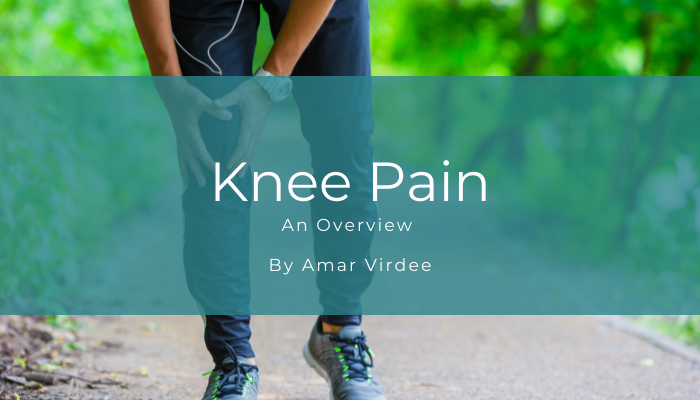Knee Pain

Knee pain is common. For some, the simple activities of daily living such as walking or climbing stairs can become cumbersome when your knee hurts. For others a niggle in the knee can deteriorate and adversely affect sporting performance. There are many causes of knee pain, so it is important for you to know what is causing the pain. There are however some common themes that occur with most types of knee pain.
Why does my knee hurt?
The knee is comprised of many structures including ligaments (connects bones together) tendons (attach muscles to bone) and cartilage (the connective tissue between bones). Most injuries in this area are caused by multiple problems over a long period of time- this could include muscular weakness, overuse, direct trauma or even lifestyle factors.
Most patients say that when their knee hurts, they tend to want to do less activity as more activity requires bearing extra load through the knees. Otherwise simple activities such as climbing the stairs or even going on a run can feel scary. Often, it leads to us searching for answers by having x-rays or scans. Sometimes a scan can look really scary, and sometimes we are told that we have “bone rubbing on bone” or our cartilage has “completely gone”. This can increase fear and further reduce activity and weight bearing through the knee.
However, just like we all get wrinkles or grey hair, age related chages to our knees are inevitable. Researchers now believe that inactivity is a major contributor to age-related diseases and disabilities, and that regular exercise can reduce or reverse those risks.
What should I do if I have knee pain?
Most knee pain can be treated through a graded rehab programme. Typically, this consists of a combination of strength training, education and a good understanding of how to implement your programme. It is important to have a supervised programme so that you know exactly where to start and know exactly how you are going to progress over the course of the rehab programme.
When we strengthen the muscle around our knees we increase our knee’s ability to withstand the load that we tend to put on them on a daily basis.
FUN FACT: Forces transmitted across the knee joint during normal walking range between 2 and 3 times body weight!
This makes them much less likely to experience pain in the future. Over recent times we have seen a huge body of evidence to suggest that an 8-12 week exercise programme can significantly reduce knee pain and symptom progression.
What Should I Do Now?
- Seek out advice from a healthcare professional who understands knee pain and is up to date with the current research.
- As mentioned before, scans are not always needed, and scans often do not correlate with the pain you are experiencing.
- Begin strength training with the supervision of a healthcare professional.
- Other factors to consider are sleep, diet and body weight- all of which can contribute to pain and pain sensitivity.
Here are some great simple knee exercises to try at home:
